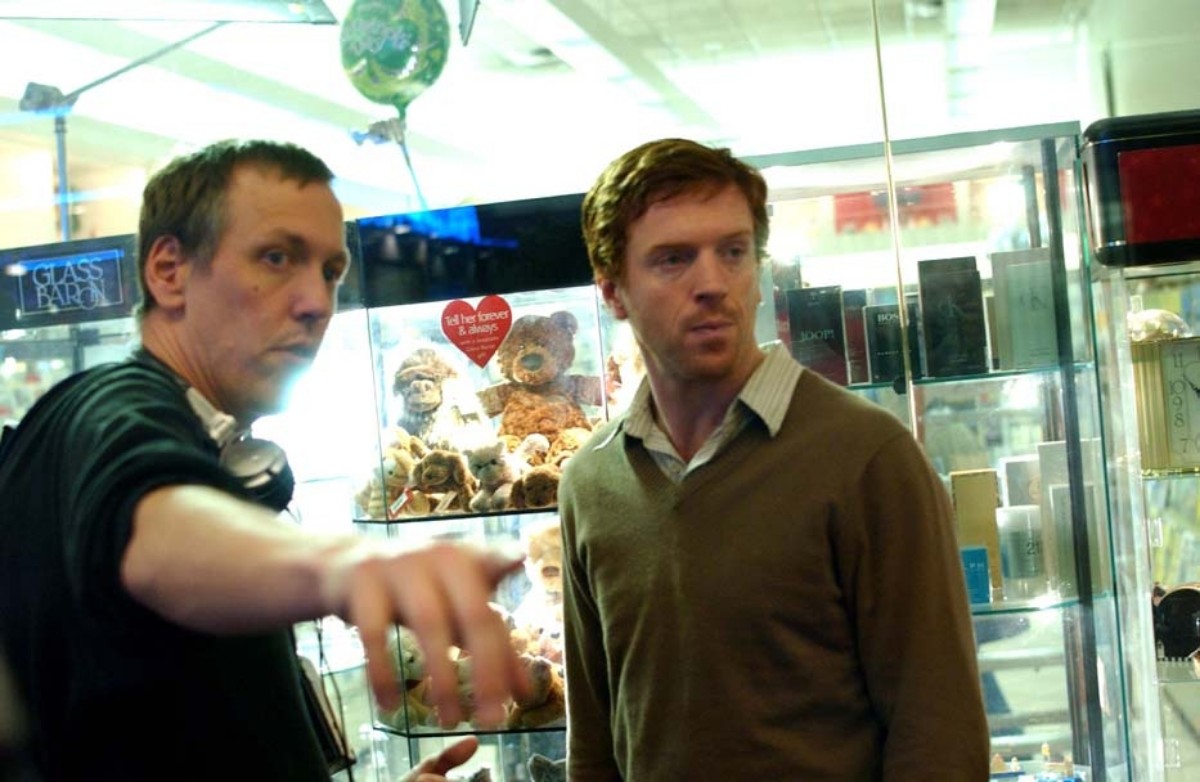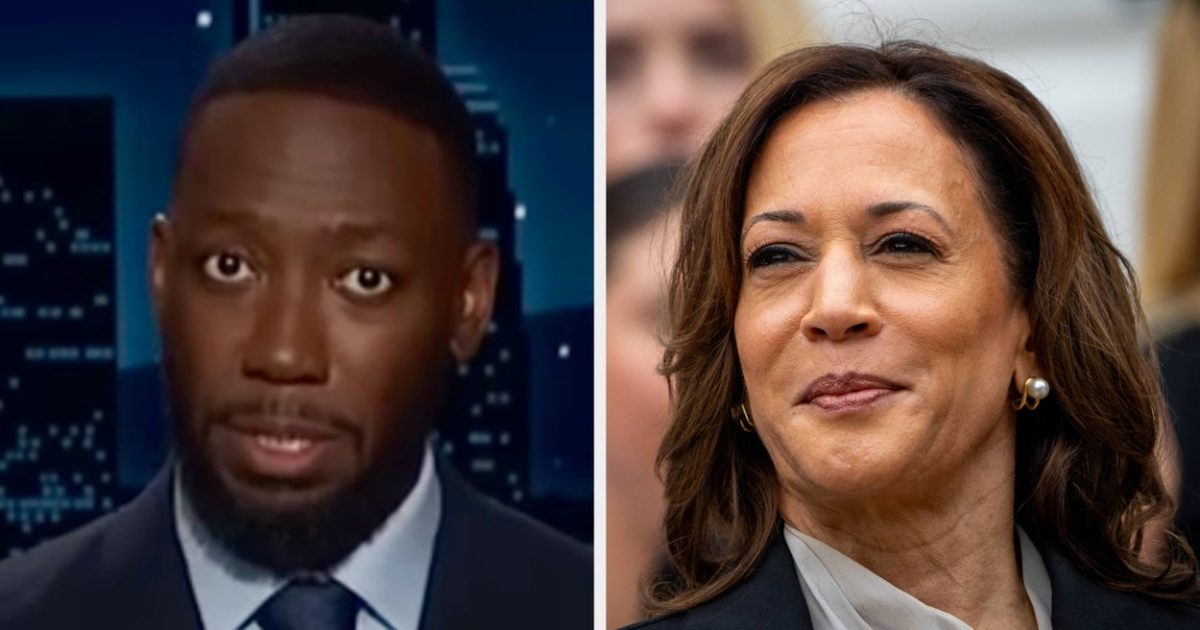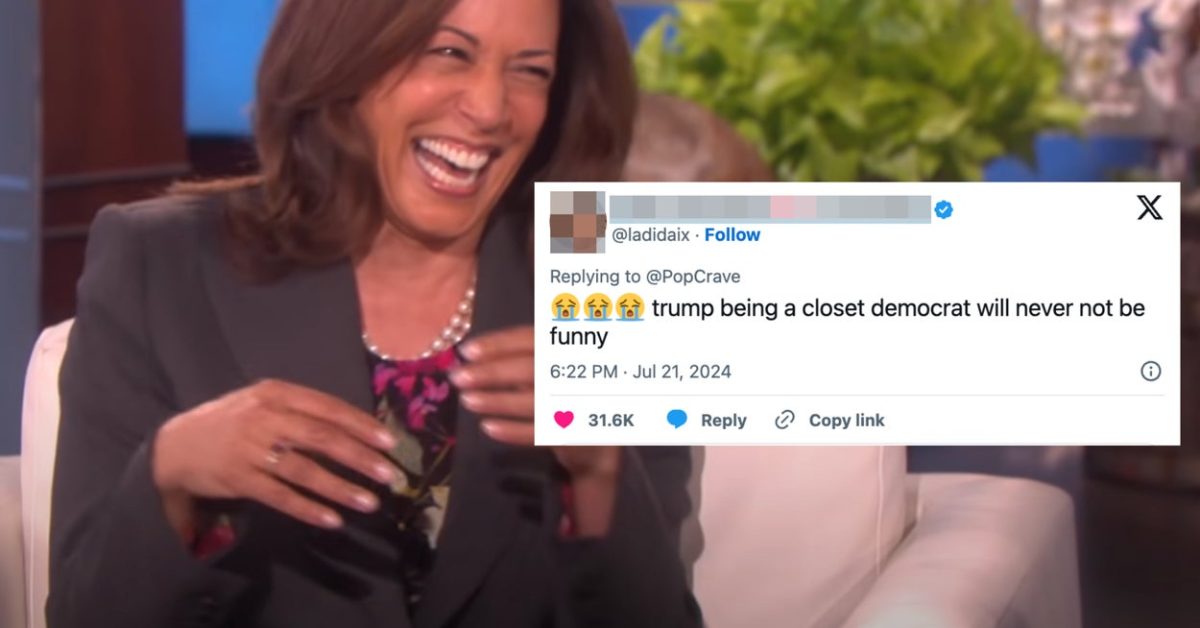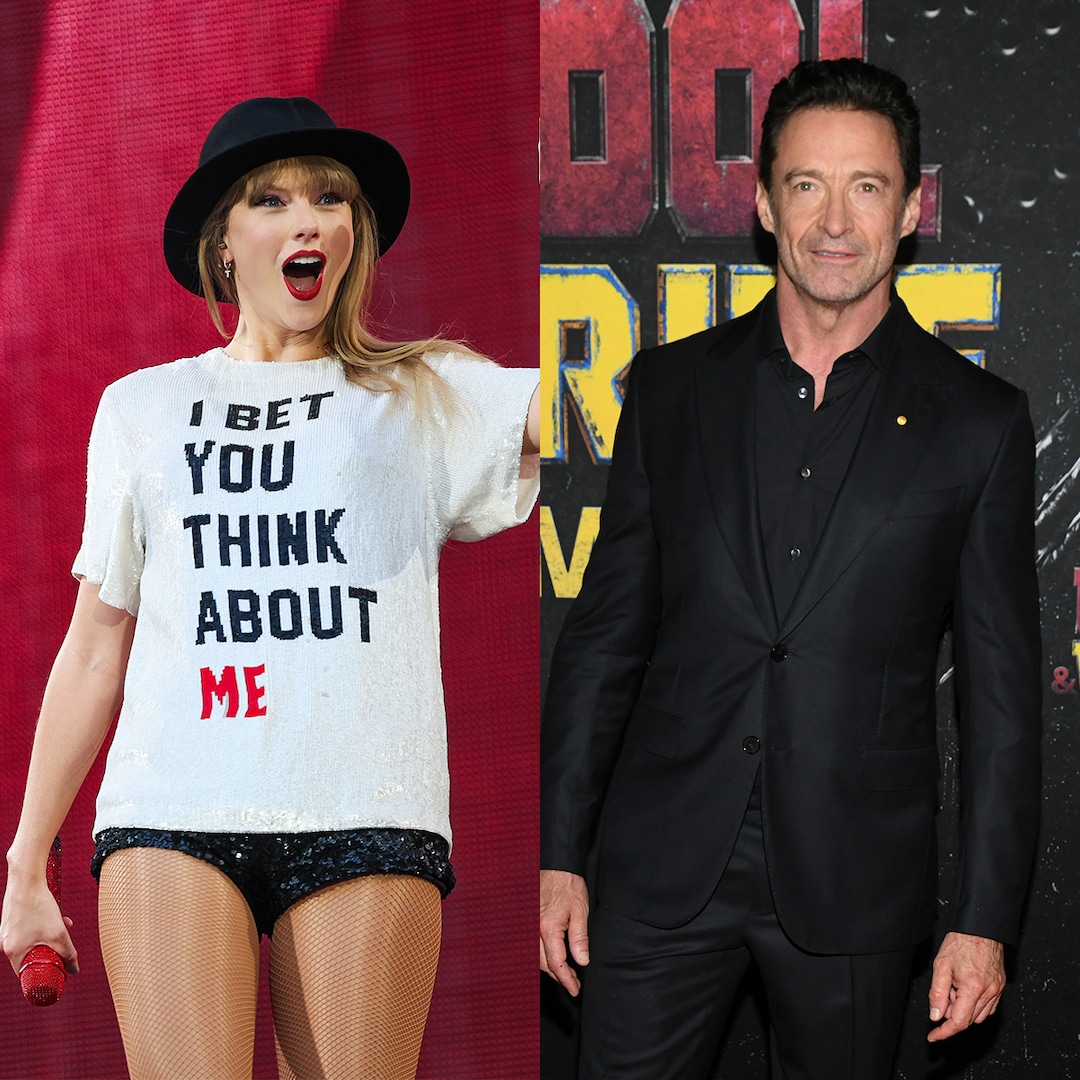
Lodge Kerrigan Recalls His Striking 2004 & Second Breakthrough Thriller Starring Damian Lewis
Dec 10, 2022
While his unnerving 1993 debut, “Clean, Shaven,” really floored audiences who saw it back in the day, when director Lodge Kerrigan’s belated third film “Keane” first made the rounds on the festival circuit in the fall of 2004, it reintroduced the filmmaker to the forefront of a then-flourishing American independent cinema. In the nervy, visceral portrait of a paranoid father searching for his abducted daughter and finding a surrogate in a pre-fame Abigail Breslin, he proved how much can be done with a modest budget under one mil and a spirit of resourcefulness. Shooting in quivering handheld long takes around Port Authority, Kerrigan and his crew charted the grittiest fringes of New York by implanting themselves in real street-level milieus instead of approximating them with fakery. (Surely, the Safdie brothers and Ronald Bronstein picked up a couple of tricks for their simpatico Big Apple breakdowns “Daddy Longlegs” and “Frownland.”) At the time of the film’s theatrical release nearly one year later, he extolled the virtues of low-budget filmmaking as a necessary condition for an artist to make their kind of movie, their way.
READ MORE: ‘Keane’ 4K Restoration Trailer: Damian Lewis Stars In Lodge Kerrigan’s Classic Thriller About A Man Haunted By His Abducted Daughter
But the years to come would steer Kerrigan away from the cinema and upend what he thought was his place in the industry. After completing one more feature (2010’s little-seen “Rebecca H. (Return to the Dogs),” an often inscrutable metafiction in which Kerrigan himself plays “The Director”), he transitioned into TV work for the remainder of the decade. For-hire jobs on “Homeland,” “Bates Motel,” “The Americans,” and “The Killing” brought him as much fulfillment as he’d ever gotten from the movies, each guest-directing spot posing a unique hurdle to clear.
READ MORE: Amy Seimetz & Lodge Kerrigan Talk Season 2 Of The Revamped’ Girlfriend Experience’
His experiences eventually brought him and Amy Seimetz to Starz for “The Girlfriend Experience,” a series-length reimagining of good buddy Steven Soderbergh’s film that garnered some of the most laudatory reviews of either showrunner’s career. Since then, however, things have been quiet. There was a pilot about big-rig trucking that never went anywhere and a whole lot of radio silence. It takes an out-of-the-ordinary occasion — like the 4K restoration and re-release of “Keane,” for example, playing at Lincoln Center starting August 19 — to get Kerrigan on the record.
But that’s precisely what he did earlier this week, chatting to The Playlist about the delicate pas de deux between actor and camera, infiltrating one of New York’s most heavily trafficked buildings, words he can’t stand, and the possibly imaginary divisions between cinema and TV. However arbitrary the classification, he says he’d like to get back into features soon; hopefully, it won’t be long until we hear from him again.
What were some of the logistical difficulties in shooting around Port Authority? I understand that at the time, your crew only had four-hundred-foot film magazines to work with. Did that require strict blocking in these chaotic spaces?I just have to shout out and thank Brian Bell and Jenny Schweitzer, co-producers on the movie, who cleared Port Authority for us. No easy task. We had a small crew, and not only were we shooting on four-hundred-foot mags, but we were doing one shot per scene. The only edits in the film are jump cuts or in-camera edits. We could be three minutes into a four-minute scene, and suddenly a bus arrives, and people enter the frame asking whether we’re making a film, and then we’re back to square one. This was a high-risk way of making a movie, but at the same time, it was exhilarating. This carved a lot of room out for the actors to perform because they can do an entire scene. And this focused us on the project, in a way. This wasn’t a documentary way of shooting, but it was similar, where you either got the shot, or you didn’t. We didn’t shoot any coverage. We were all fully focused on the shot at hand, which I think played to the strengths of the crew and cast as well. The actors have the time and space to express themselves within a scene, as opposed to getting one or two dedicated reaction shots.
There’s a shot outside of the bus terminal, the one where Keane’s yelling at cars passing by, that makes us recognize how the film integrates itself into the existing architecture of New York. Even with permits and extras, you can only control so much.“Keane” was really important for me in part of how it changed the way I direct, or at least added to it. It all started with locations, in the writing. I wrote the script on location, actually. I’d go to Port Authority to write, move around, act things out. I’m sure some people thought I had a mental illness.
And yet I’m confident you weren’t the craziest-looking person in the building at any given time.Heh, that I can’t say. But yeah, I wrote this around the setting, and I tried to move away from traditional rehearsals. Instead, I brought Damien [Lewis], Amy Ryan, and Abigail Breslin to the locations for read-throughs on-site. We did some improvisations that were really important in them coming to own their roles. I invited the cinematographer and assistant director to these sessions, too, to answer any technical questions anyone had. Something about seeing your character in the space makes them more real. And then, during shooting, we devoted a lot of time to honing those performances. Life in front of the lens, that’s what’s most important to me.
Damien’s performance seems so instinctual that I’m curious as to what extent he’s guided by the script. Is he given more than dialogue to work off of?At the end of the day, it’s a very specifically scripted movie. But I’m very flexible, I want the actors to create their characters. Certain changes, I have no problem with whatsoever. I’m not too dialogue-oriented; I’m not writing a play. In Damian’s monologues, as he’s tracing what happened to his daughter, these are internal thoughts being externalized. I thought our style would be an effective way to draw an audience into his psychology and his world.
There are times when Damien’s rocking back and forth, and the camera mirrors these really minute movements as if following him. Was the cinematography dictated by reaction more than usual?Certainly, yeah. When we move to one character’s reaction before panning back to another character, that’s all carefully choreographed and worked out. John Foster, our DP, did such a fantastic job that it was almost like a dance between him and Damien. A lot of what happened between them went unspoken. Initially, when I was considering Damien for the role, I flew to London to talk with him about what I knew would be an intense project. I wanted to make sure we were on the same page, and we were. We clicked. We remain good friends to this day. And back then, we saw the character in very similar ways and discussed his feeling and motivations. But on the days of shooting, a lot of that didn’t have to be said. The film took on its own energy, and this was so thrilling to me, so I tried to capture that as quickly and efficiently as possible. John was part of this as well. I could see that he knew the steps, like all our movements were attuned to each other.
I’m also interested in how this film fits into the indie film market of the era. You said some sharp stuff about “economies of scale” in an interview back in 2005, and how a filmmaker needs to match their budget to their ambitions. Has successfully making that negotiation become more difficult in the years since?To be honest, I shy away from comments about “the industry” by and large, at least at this point. But I do think there’s still an audience out there for more challenging films; look at the slate that was just announced for the New York Film Festival, for instance. Perhaps they just don’t get as much attention as they should, compared to more commercial films.
Speaking personally rather than generally, then — it’s been twelve years since your last feature, and you’ve really just done TV during that time. Have you tried getting any movies off the ground?Not even. I turned to television. After “Rebecca H.” premiered at Cannes in 2010, I gravitated toward TV as a different challenge. I likened it to the studio system of the ‘50s, where directors would be under contract and handed a script and told to get going. It’s tough but incredibly rewarding. I’ve learned to expand my range as a director, I feel more versatile than I used to. But I generally don’t like to speak on projects in the future. I prefer to discuss things that have been made. But it is my desire to one day go back to smaller auteur-made features. But TV gives you a slightly different set of problems to solve.
So on “The Girlfriend Experience,” what were some of those new problems you got to tackle?People always want to know what separates TV directing from feature directing, and I’m pretty sure it comes down to pacing. On TV, even when you’re working long-form, like on “Girlfriend Experience,” it’s — actually, that was kind of an anomaly, because Steven [Soderbergh] was executive producing, and Starz gave us carte blanche to do our thing. But usually, when I work in TV, you’re trying to convey a larger amount of information in a smaller amount of time. On the first season of “Girlfriend Experience,” Amy [Seimetz] and I had to create an arc that works within the half-hour as well as the twelve-episode structure of the season. That creates another dimension you have to keep in mind. But there’s a rich history of great feature filmmakers who have continued to be great while working in TV. I think there’s a fluidity between the two, to the extent that the division might not even exist.
They say TV is a writer’s medium, and that cinema is a director’s one.In traditional television, yes, where you’ve got a showrunner and a writers’ room, and you’re in a different city managing the edit and all that. But that’s not how I worked. I came from independent film. Oh, I hate the word “independent.” I came from this school of— nope, I hate the word “school” too. What I’m saying is that I wrote and directed at the same time, always, from the beginning. That tension between writer and director is a function of economics, I’d say. They were split for the sake of efficiency, that it’s faster to make a film when the writer can do something while the director is doing something else. I prefer the auteur model. Now when you’re making episodic TV, you have to wear a particular hat. But I try not to concern myself with all this too much. I don’t lose sleep over it. The wonderful thing about filmmaking is that there’s no blueprint. At the end of the day, you either make a film, or you don’t, and it’s either good, or it’s not. It takes a combination of luck, privilege, and hard work. Sometimes it happens. Sometimes it doesn’t.
The new New 4K Restoration print of “Keane” opens today, August 19, in New York. More details of when and where it expands, LA and then Boston, can be found on the Grasshopper Films website.
Publisher: Source link
Lamorne Morris Thinks Kamala Harris Has This Advantage Over Donald Trump
Trump said that President Joe Biden, who dropped out of the race on Sunday while recovering from COVID-19, never really had the infection. “Really? Trump thinks Biden never had COVID?” Morris said on Monday. “You don’t pretend to have COVID to get out…
Jul 26, 2024
Khloe Kardashian Is Ranked No. 7 in the World for Aging Slowly
Khloe Kardashian's body is out for more than just revenge. In fact, the 40-year-old is one of the world's slowest agers—a revelation she learned after taking a blood test to determine her body's biological age compared to her calendar age.…
Jul 26, 2024
Reactions To Trump’s Kamala Harris Donation
Just as many white Americans used their Obama vote to excuse their internalized racism, Lauren Boebert seems to have adopted this same ideology, ignoring Trump's long record of racism against African Americans, Mexicans, Hispanics, Native Americans, Muslims, Jews, and immigrants, and discrimination against women and…
Jul 25, 2024
Hugh Jackman Reveals What an NFL Game With Taylor Swift Is Really Like
Hugh Jackman is happy to fill any blank space in Taylor Swift’s NFL game suite. In fact, the Deadpool & Wolverine star recently detailed his experience attending a Kansas City Chiefs game to root on Travis Kelce, alongside Ryan Reynolds,…
Jul 25, 2024











